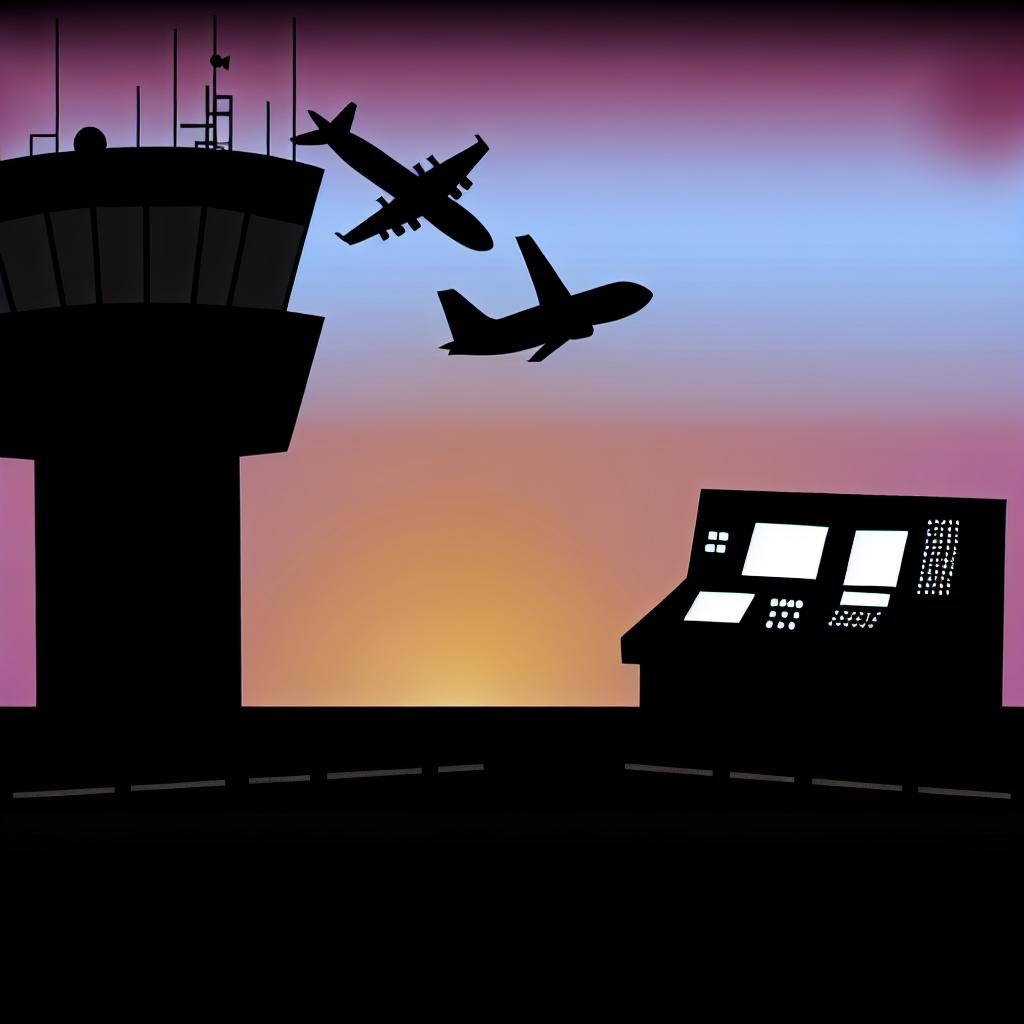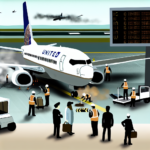SAN DIEGO- In the early hours of May 22, 2025, a private jet tragically crashed while approaching San Diego’s Montgomery Gibbs Executive Airport.
The accident took place amidst adverse weather conditions, and unsettling air traffic control audio captures the pilot’s composed demeanor leading up to the final moments.
The Cessna Citation II, with six individuals onboard, crashed into a residential area just two miles from the airport. Initial investigations indicate that pilot fatigue and a lack of viable landing options may have contributed to the incident.
Private Jet Crash in San Diego
On May 22, 2025, at approximately 3:45 AM, a 1985 Cessna Citation II, identified as N666DS, crashed into a neighborhood known as Murphy Canyon, which serves as military housing near Montgomery Gibbs Executive Airport.
The aircraft was on approach to runway 28R when it struck power lines, grazed a house, and ultimately crashed, causing damage to ten residences, one of which was entirely destroyed.
All six individuals onboard are presumed dead, with reports of eight injuries on the ground but thankfully no fatalities among residents. Both the National Transportation Safety Board (NTSB) and the Federal Aviation Administration (FAA) are conducting investigations.
The flight originated from Teterboro Airport in New Jersey at 11:15 PM EDT on May 21, made a 45-minute stop for refueling at Colonel James Jabara Airport in Wichita, Kansas, and was en route to San Diego, culminating in nearly eight hours of flight time.
Poor visibility due to dense fog, along with a cloud ceiling of 200 feet, complicated the landing approach.

Final Words of the Pilot
Recent recordings from air traffic control (ATC), released by VASAviation, reveal a haunting insight into the pilot’s last communications.
Dave Shapiro, a 42-year-old music executive and skilled aviator, maintained a calm demeanor throughout the dire exchange.
He requested a current weather update, stating, “I want to see what I’m in for here.” Upon receiving the report, he acknowledged, “Alright, doesn’t sound great, but we’ll give it a go.”
As conditions began to deteriorate, he inquired about alternate airports, only to find that the weather at those locations was similarly unfavorable.
His final words expressed hope tempered with resignation: “We’ll hopefully not see you… But we might have to.” This statement underscores the professionalism he displayed amidst the pressures of fatigue and adverse conditions.
Shapiro, although not a commercial pilot, was deeply involved in aviation, owning a flight school and having experience as an instructor.
Among the passengers was former musician Daniel Williams, who shared images from the aircraft on social media shortly before takeoff.
Making Decisions Under Pressure
The sequence of events suggests that fatigue, often termed “get-there-itis” in aviation, significantly influenced decisions made during the flight.
The journey included nearly eight hours of overnight flying on a small jet, leaving little room for adequate rest.
In contrast to airline pilots, business jet crews typically operate without rigid schedules and may not adhere to strict rest requirements.
The crew’s choice to proceed to San Diego despite the deteriorating weather could have stemmed from a strong desire to complete the journey.
While ATC recordings indicate that the pilot actively considered alternate options, all presented similar visibility challenges.
The timeline and flight patterns correspond to scenarios where fatigue affects decision-making, situational awareness, and response times—issues that the NTSB will likely focus on during the investigation.
It looks like Daniel Williams, former drummer for The Devil Wears Prada, was on board the plane that crashed in San Diego this morning. Absolutely heartbreaking. pic.twitter.com/Roc5zx78rE
— Cody Hanlon (@CodyLNG) May 22, 2025
This tragic incident is reminiscent of past accidents where human factors, such as fatigue and the pressure to land, heavily influenced outcomes.
Until the investigation reaches a conclusion, speculation is restrained, though aviation safety advocates will scrutinize how these elements may have shaped the results of this flight.
Conclusion
The crash of the Cessna Citation II in San Diego highlights the significant risks associated with flying while fatigued and in poor weather conditions.
The pilot’s calm voice on the ATC recordings belies the complex challenges faced within the cockpit.
As investigators continue to uncover the precise causes, initial findings point towards a combination of limited visibility, pilot exhaustion, and minimal alternate landing options.
For ongoing updates, stay connected with us. Additionally, follow us on social media.
Join our Telegram Group for the latest aviation news, and follow us on Google News.
Based on an article from aviationa2z.com: https://aviationa2z.com/index.php/2025/05/24/private-jet-crashed-at-san-diego-six-dead/?utm_source=rss&utm_medium=rss&utm_campaign=private-jet-crashed-at-san-diego-six-dead



